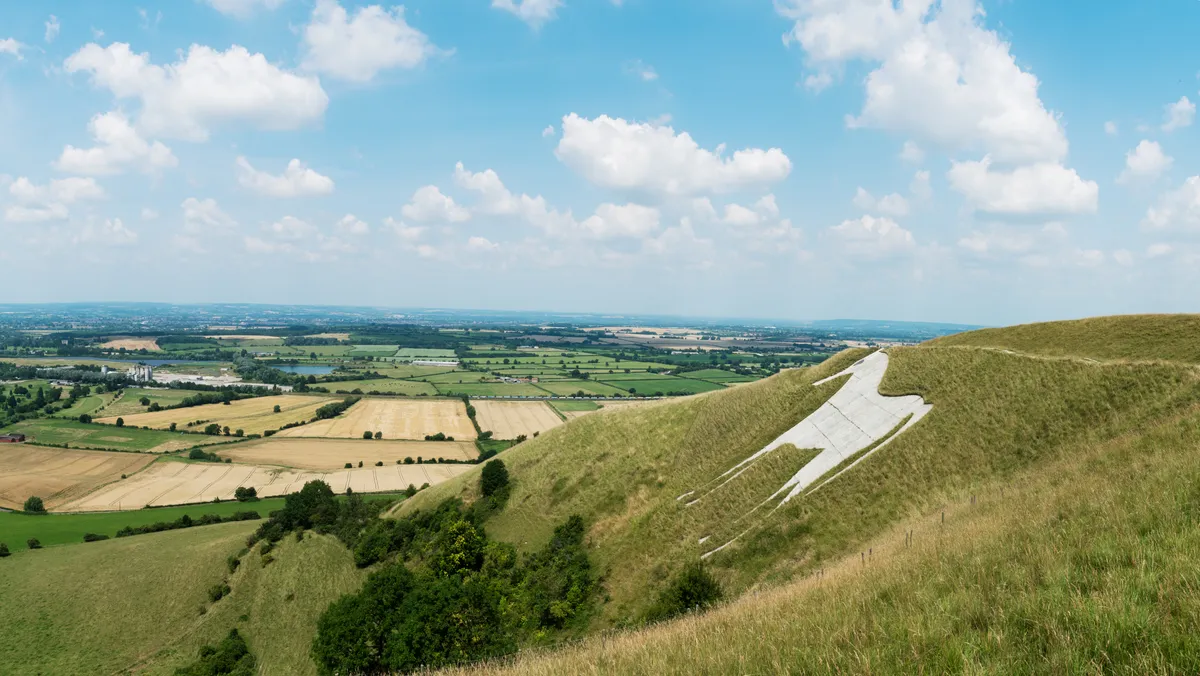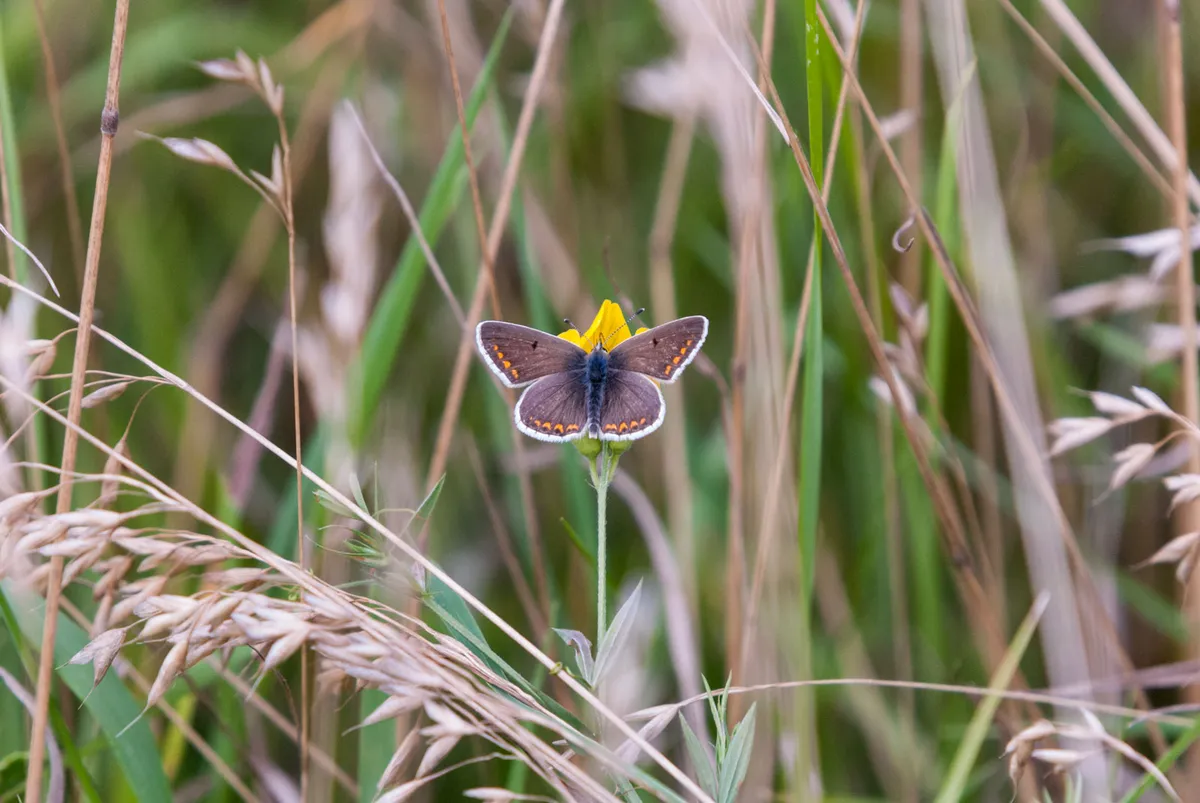Bloody warrior, chequered tulip, chequered lily, dead man’s bell, widow wail and even solemn bells of Sodom – there’s something about the snake’s head fritillary (as it’s most commonly known) that seems to stir its beholders to lyrical heights.
Cricklade North Meadow in Wiltshire boasts Britain’s largest population of this nationally rare species, whose white and purple bells polka-dot the grass in April and early May. Their success here is all down to careful management by Natural England and the Cricklade Manorial Court: this is ancient lammas land, cut for hay in summer and allowed to flood in winter in a way that has remained unchanged for 800 years.
Discover more nature reserves, including Wyming Brook, Woodwalton Fen and Skomer.
Wiltshire walks
Hike along winding towpaths and wooded valleys in one of England's most beautiful counties.

Cricklade North Meadow wildlife
Of course, it’s not just fritillaries that welcome the special conditions. Early in the season, golden marsh marigolds and pale pink cuckoo flowers add their colours to the picture. A meadow-flower rainbow follows as spring unfurls: purple knapweed, creamy meadowsweet, yellow rattle and swathes of brilliant buttercups. It goes without saying that insects find much to appreciate here too, not least early emerging orange-tip butterflies.
Rivers flank North Meadow on two sides, the Thames to the west and the Churn to the north-east, attracting common-banded damselflies, warblers and water voles. Kestrels, buzzards and the odd merlin wheel and hover overhead, while larks pour down their song.

Snake's-head fritillaries at Cricklade North Meadow
But it’s the fritillaries that remain North Meadow’s biggest draw. Perhaps it’s their delicacy that invites fanciful musing – according to some, wild fritillaries followed in the footsteps of the Romans as they made their way across the land.
On a more sombre note, comparisons have also been drawn between the shape of the fritillary flower and the bell that lepers once used to warn of their approach. Plenty to ponder as you explore one of the meadow’s three marked trails: the 20-minute Willow Walk, the 45-minute Reedbed Walk or the longer 1.5-hour River Walk beside the River Thames and River Churn.


